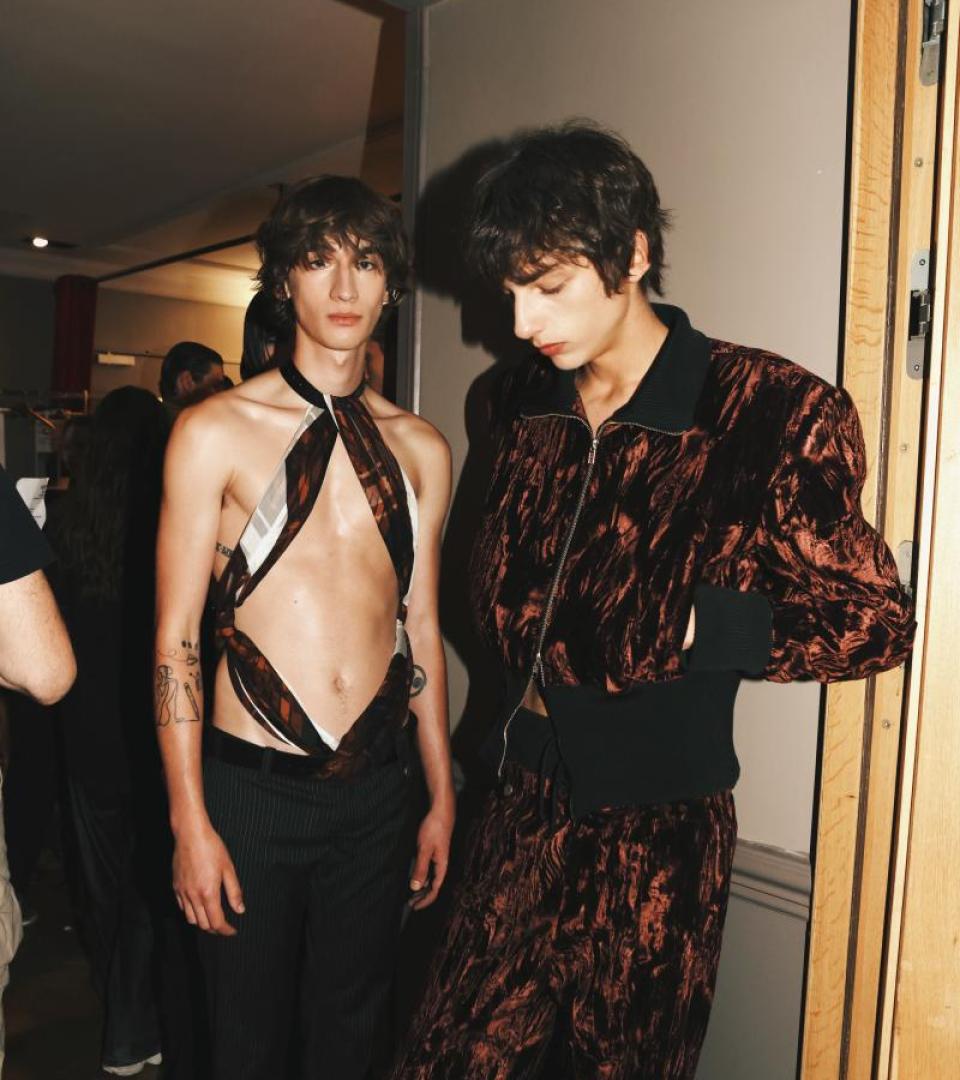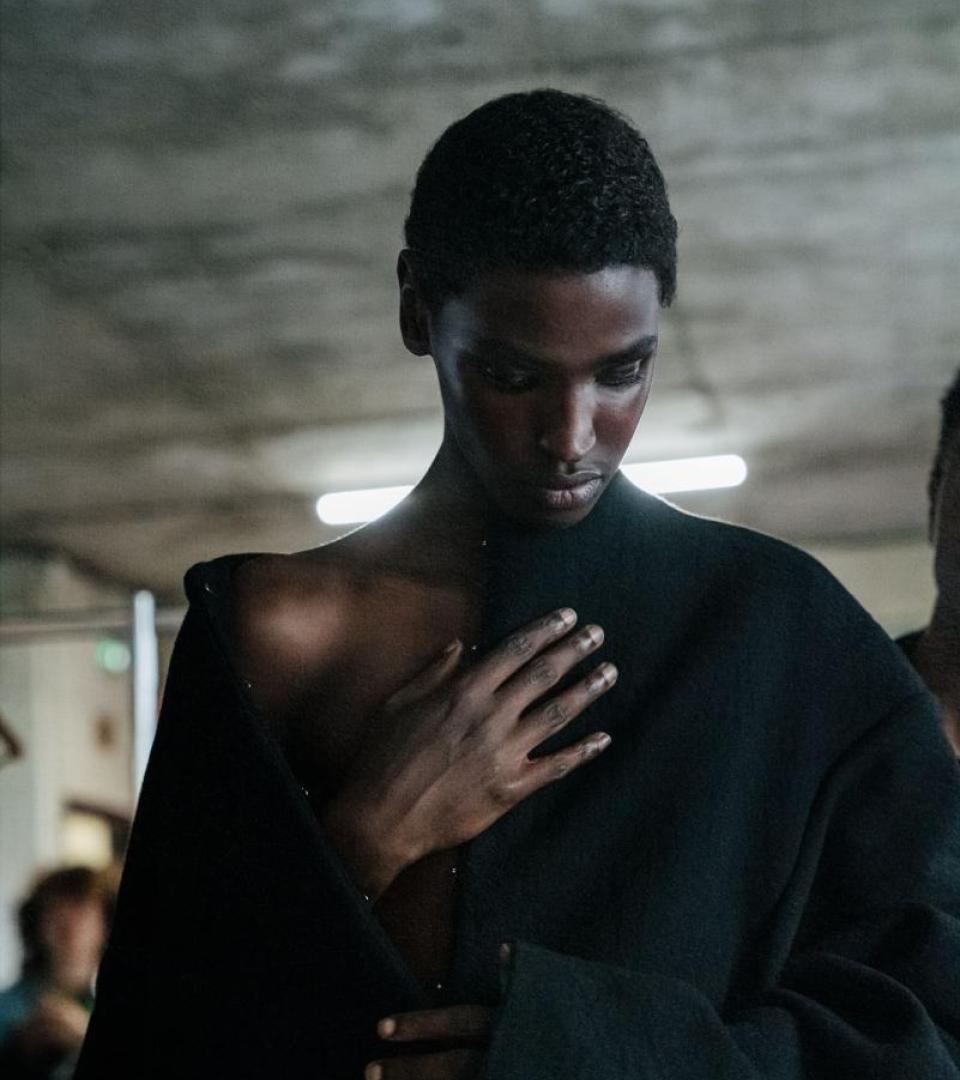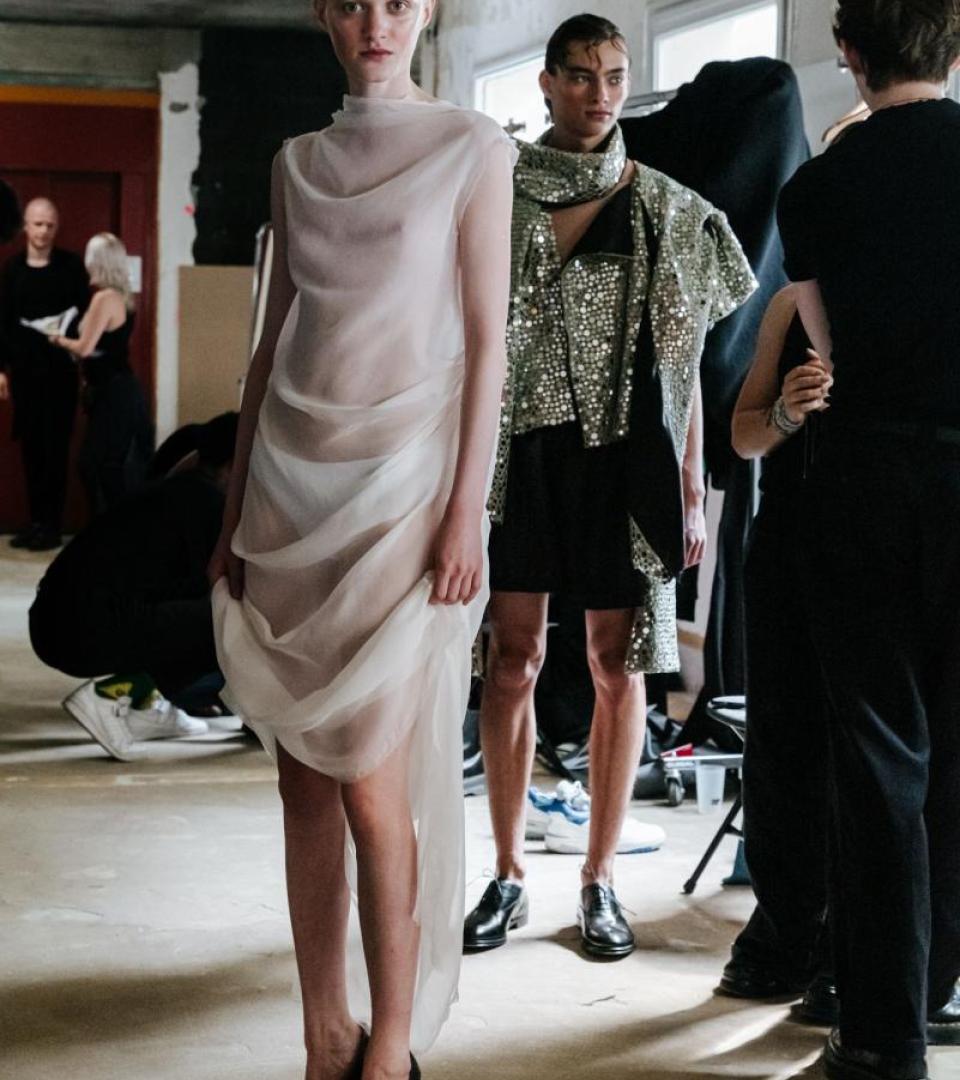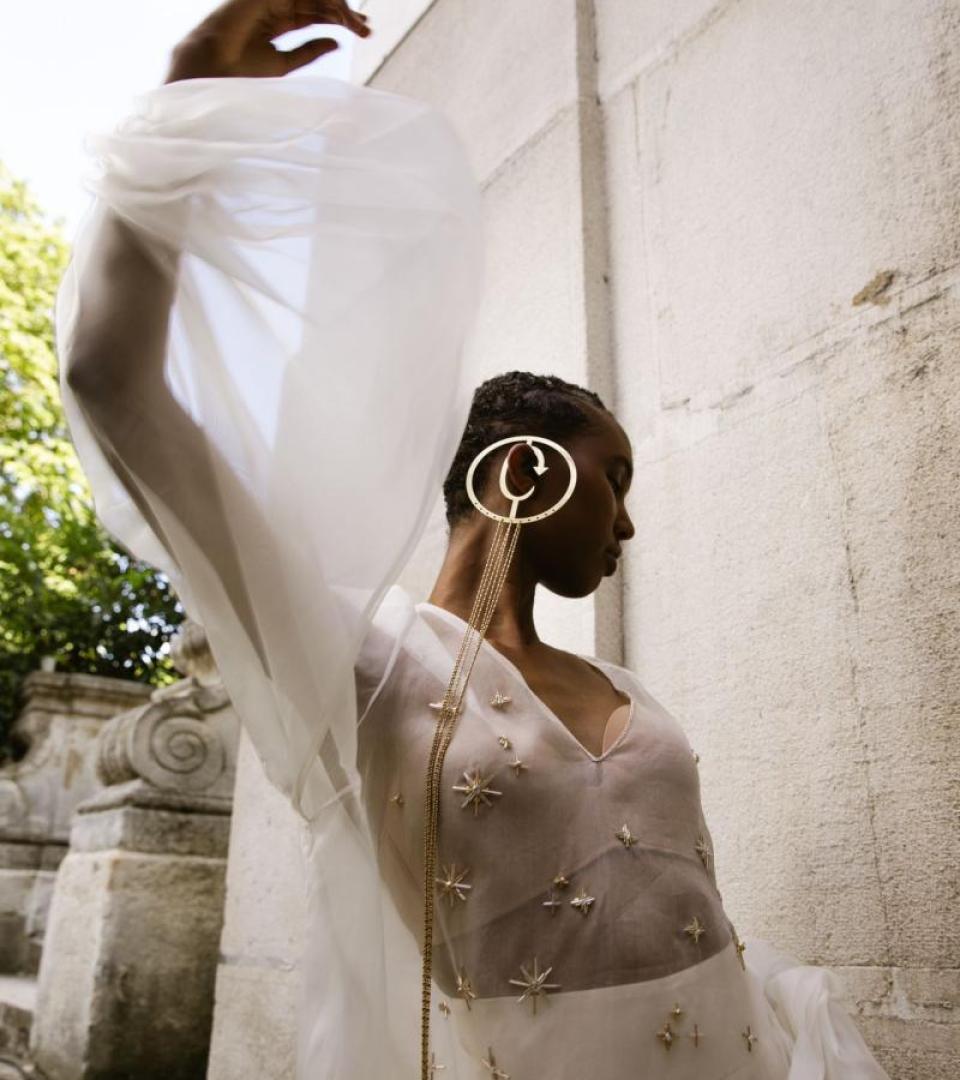Q&A / Pelagia Kolotouros / LACOSTE Creative director
“To my mind, Lacoste is an iconic brand built on the perfect blend of French elegance, performance and sport – especially tennis, heritage and constant innovation.”
Pelagia Kolotouros, graduated from Parsons School of Design in New York. She started her career at Theory in 2008 where she worked in the Women's and Men's divisions. In 2003, she joined Calvin Klein where she was appointed Design Director Men’s. She then accompanied Yeezy in his artistic direction, including the brand's collaboration with Adidas. In 2017, she became Global Creative Director of The North Face, where she was responsible for nearly every main division. She then joined Adidas, where she was in charge of collaborations with Ivy Park and Pharrell Williams, for the textile, footwear,women's and men's collections. On March 5, she made her debut for Lacoste with show at Roland Garros.
By Laurence Benaïm.
How would you define the LACOSTE DNA?
To my mind, Lacoste is an iconic brand built on the perfect blend of French elegance, performance, sport – especially tennis – heritage and constant innovation. As it is born from tennis, the brand brings a philosophy that balances strength and grace, inspiring individuals to be unapologetically authentic.
What is the most contemporary aspect of this brand?
Lacoste has carried a strong heritage for over 90 years: it is an iconic brand rooted in sports history since 1933, while remaining ultra-modern and culturally relevant. Throughout the decades, Lacoste has managed to stay connected to its fan communities, and to adapt and fit into each generation’s culture. Our collection explores and revisits the brand’s heritage codes. It effortlessly embodies sophistication yet offers easiness to style. It is designed with comfort and freedom of movement in mind, adapting with daily life needs. Our choice of both natural and synthetic materials, colours and strong tailoring also express the brand’s relevancy and modernity. It is also about the renewal of its codes, such as the reinterpretation of the pleat, or the expression of a sense of gender fluidity throughout the collection. It is a way to reconnect with René’s past while adressing all the generations.
How do you express the athletic mindset in such a French brand? And the sensuality?
The iconic codes of the brand are reinterpreted by incorporating sensuality, such as pleats found in skirts, for both women and men, or in bags. It also comes from fabrics. Technical fabrics play a crucial role, harking back to the brand's tennis origins. These performance fabrics really convey the athletic mindset, bringing comfort and fluidity to the silhouette.
Regarding sensuality, we picked a lot of fabrics that are women specific, at least traditonally: crocodile lace, silk blends, a lot of drapes. In this collection, we wanted to transform traditional tennis codes into more revealing ones.
“Nothing suits me better before an important match than to remain alone as often as possible, in conditions of perfect calm,” Rene Lacoste used to say. How is you state of mind before the show?
I am excited to unveil this collection, to see our audiences discover our new vision and what we’ve imagined for the show. I can’t wait for them to see how the studio team and I collaborated to revisit the crocodile’s iconic codes, with a new sensual, tailored and sophisticated yet easy-to-style silhouette.
What kind of show did you imagine?
We wanted to bring art back to the centre. We chose to make our fashion show at home, at Roland Garros, and salute our founder, René Lacoste — a pioneer and inventor who was proto-fashion. But we still wanted to shake up this iconic venue with which we share an inextricable link.This is actually the first time ever a fashion show is held on RG’s centre court.
We took the liberty of transforming the volume of the center court by creating a dune, but also from a graphic point of view by literally moving the lines. The first crocodile logo also echoes in the show setup as a decorative element, as a tribute to Lacoste’s heritage.
What happens to the crocodile this season?
The original illustration for the Lacoste crocodile, designed by René and the artist Robert George in 1927, now feattures modernised dimensions, becomes the leitmotif of this season. Emphasised in colourful graphics on powerful, minimalist silhouettes and blankets, it becomes a disruptive design element throughout the lineup.
This interview has been lightly edited.



